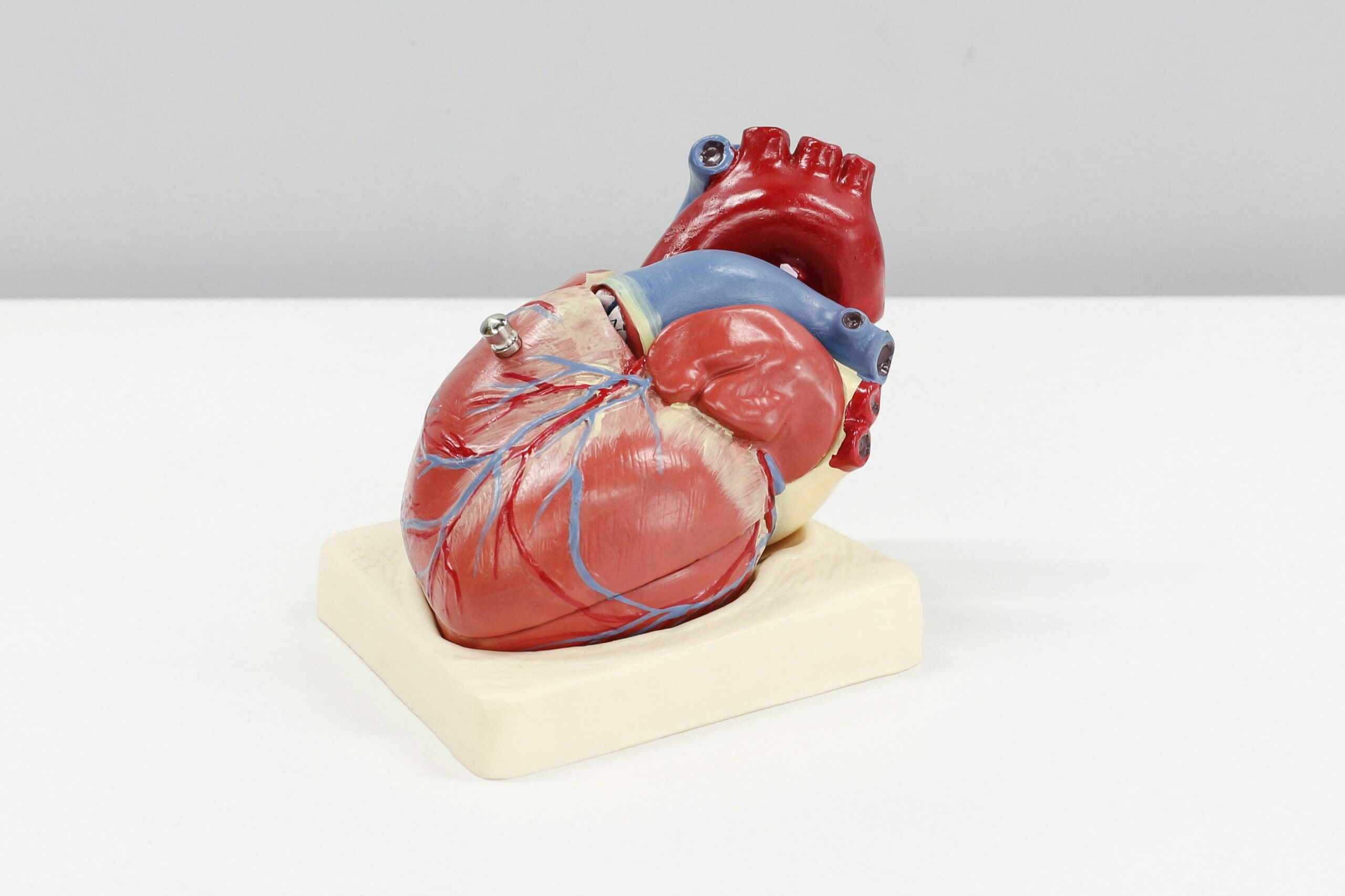
Heart disease remains the leading cause of death worldwide, driving an urgent need for advancements in how it is diagnosed and treated. Over recent years, remarkable progress in medical technology has ushered in a new era for cardiovascular care. Diagnostic and therapeutic devices are becoming increasingly sophisticated, enabling earlier detection, more precise interventions, and improved patient outcomes. As research accelerates and technology evolves, the future promises even more transformative approaches that redefine how clinicians manage heart disease.
This article delves into the emerging landscape of cardiovascular devices, highlighting cutting-edge innovations that enhance diagnosis and treatment. We will explore how these advancements empower healthcare professionals to act swiftly, tailor therapies, and save more lives.
Enhanced Diagnostic Devices for Early Detection
Timely diagnosis is critical in combating heart disease, as early intervention often determines the trajectory of patient outcomes. Modern diagnostic devices now leverage advanced imaging, wearable technology, and artificial intelligence to identify cardiac abnormalities more accurately. For example, developments in high-resolution cardiac imaging allow physicians to visualize the heart’s structure and function in extraordinary detail, detecting subtle signs of disease before symptoms manifest.
Moreover, wearable cardiac monitors have revolutionized continuous heart rhythm tracking. These devices collect extensive real-world data, capturing intermittent arrhythmias or ischemic changes that traditional short-term tests might miss. Integrating AI algorithms further enhances their capability by rapidly analyzing complex patterns and flagging critical events. Together, these technologies facilitate proactive management, reducing the risk of adverse cardiac episodes and enabling patients to engage more actively in their care.
Therapeutic Devices Driving Personalized Treatments
Alongside diagnostic improvements, therapeutic devices are evolving to provide more targeted and effective treatments for heart disease. Implantable devices such as pacemakers, defibrillators, and ventricular assist devices (VADs) have become increasingly refined, offering tailored support to patients with heart rhythm disorders or heart failure. Recent advancements focus on miniaturization, wireless communication, and more intelligent algorithms, improving device performance and patient comfort.
In addition, catheter-based interventions, including transcatheter aortic valve replacement (TAVR) and percutaneous coronary interventions (PCI), have transformed how clinicians treat structural heart disease and coronary artery disease without open-heart surgery. These minimally invasive procedures reduce recovery time and complications, making life-saving therapies accessible to a broader patient population. As device designs advance, physicians can customize treatments based on individual anatomy and disease characteristics, ushering in a new era of precision cardiovascular medicine.
The Role of Artificial Intelligence and Machine Learning
Artificial intelligence (AI) and machine learning (ML) are increasingly integral to heart disease management’s future, powering diagnostic and therapeutic innovations. AI algorithms analyze vast datasets—from imaging to electronic health records—identifying patterns invisible to the human eye. This capability accelerates diagnosis, predicts disease progression, and remarkably guides treatment decisions.
Furthermore, AI-enabled devices can continuously learn and adapt to patient-specific data, optimizing real-time therapy delivery. For instance, smart pacemakers can adjust pacing parameters based on changes in patient condition, improving heart function and quality of life. The fusion of AI with cardiovascular devices promises enhanced clinical performance and the potential to reduce healthcare costs through improved efficiency and prevention of complications.
Remote Monitoring and Telehealth Integration
The COVID-19 pandemic accelerated the adoption of remote monitoring and telehealth technologies, highlighting their critical role in managing chronic conditions like heart disease. Contemporary cardiovascular devices increasingly incorporate wireless connectivity, enabling clinicians to monitor patients from afar and intervene promptly when abnormalities arise. This approach reduces hospital visits and empowers patients to remain engaged in their care, improving adherence and satisfaction.
Remote monitoring systems provide continuous streams of vital data, alerting care teams to early signs of deterioration or arrhythmias. This infrastructure and telehealth consultations create a seamless feedback loop between patients and providers, enhancing timely decision-making. As these technologies mature, they will form the backbone of a more accessible, patient-centered healthcare system, particularly benefiting those in underserved or remote areas.
Emerging Technologies on the Horizon
Looking beyond current advancements, several emerging technologies promise to revolutionize heart disease treatment further. Innovations such as bioengineered tissue, nanotechnology-based drug delivery systems, and advanced sensor technologies are under active investigation. These approaches aim to repair damaged cardiac tissue, deliver therapies with pinpoint precision, and continuously monitor physiological parameters at a molecular level.
Additionally, developments in robotic-assisted surgery and 3D printing are expanding the possibilities for personalized interventions and device fabrication. Robots enhance surgical precision while reducing invasiveness, whereas 3D printing allows customized implants tailored to individual patient anatomy. These technologies could transform cardiovascular care by improving procedural outcomes and enabling previously unimaginable therapies.
Challenges and Ethical Considerations
Despite the exciting potential of advanced cardiovascular devices, several challenges remain. Ensuring equitable access to these technologies is paramount, as disparities in healthcare could widen if innovations are limited to specific populations. Furthermore, integrating complex devices into clinical workflows requires training, infrastructure, and regulatory oversight to guarantee safety and effectiveness.
Ethical questions surrounding data privacy, informed consent, and the use of AI in clinical decision-making also demand careful consideration. Protecting patient information and maintaining transparency in AI algorithms will build trust among patients and providers. Addressing these challenges proactively will be essential to realizing the full benefits of emerging cardiovascular technologies.
The future of heart disease treatment is unfolding through remarkable advances in diagnostic and therapeutic devices. These innovations are reshaping cardiovascular medicine, from enhanced imaging and wearable monitors to AI-driven personalized therapies and remote care integration. Patients stand to benefit from earlier detection, more precise interventions, and improved quality of life as care becomes increasingly tailored and accessible.
While challenges remain, ongoing research and collaboration between clinicians, engineers, and policymakers will help overcome barriers and guide ethical implementation. Ultimately, the convergence of technology and medicine promises a new era in heart disease management that offers hope for millions facing worldwide cardiovascular challenges.